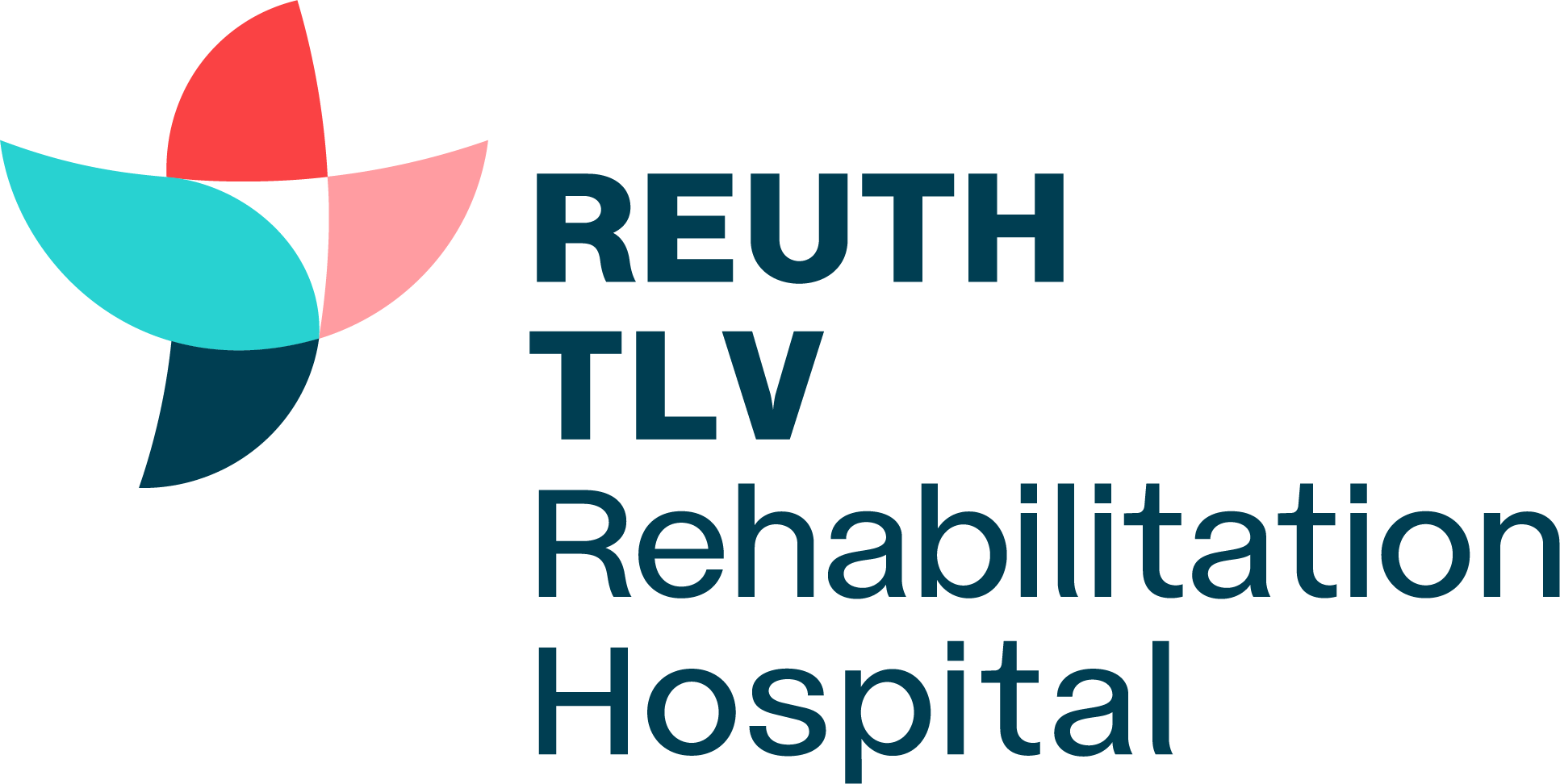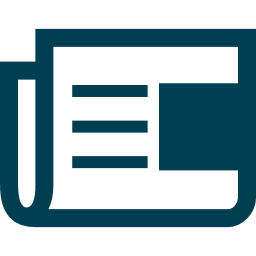Facial nerve paralysis (facialis) is a neural disorder manifested in weakness or paralysis of facial muscles. Usually it occurs on one side of the face, and only rarely on both sides. It is relatively common, affecting about one person in 5,000 – males and females equally, at any age, and most commonly between the ages of 15 and 45. People with diabetes and women in the third trimester of pregnancy are particularly susceptible, and prevalence typically rises during the fall and spring seasons.
The facial nerve (also known as the seventh nerve) innervates the facial muscles. It is responsible for the movements producing facial expressions, such as smiling, raising the eyebrows, and opening and shutting the eyelids, and controls facial muscles involved in speech, eating and drinking. The facial nerve also innervates the salivary and tear glands and is responsible for the sense of taste.
What happens when the facial nerve is damaged?
Damage to the facial nerve can cause a range of disorders:
- Facial contortion due to weakness or paralysis of one side
- Difficulties in performing facial expression movements
- Difficulty in mouth control, possible drooling
- Difficulty in chewing and swallowing
- Slurred speech
- Changes in quantities of tears and saliva
- Deficient sense of taste
- Pain, numbness or prickling in various parts of the face
People suffering from facial nerve paralysis must contend with functional difficulties as well as discomfort and embarrassment due to the fact that their face is asymmetrical – which is also an aesthetic problem.
Types of facial nerve paralysis
There are two types of facial nerve paralysis: Peripheral paralysis, involving direct damage to the facial nerve, paralyzing all expression muscles on that side of the face, including eyes and eyebrows; Central paralysis, involving damage to the internal (intracranial) part of the facial nerve, located inside the skull in the central nervous system, causing paralysis only in the lower part of the face – mouth and cheek – at the opposite side of the brain damage.
Causes of facial nerve paralysis
The most common causes of facial nerve paralysis (in descending order from common to rare) are:
- About one half of the cases are of the type known as Bell’s Palsy. Its cause is unknown.
- Injury/trauma – resulting from an accident that damages a relevant part of the skull, or incurred during surgery or birth.
- Infections – one common infection that causes facial nerve paralysis is herpes zoster.
- Pressure on the nerve from tumors growing nearby
- Neurological causes such as stroke or autoimmune diseases like Guillaume Barré, Multiple Sclerosis and Myasthenia Gravis
How is facial nerve paralysis diagnosed and treated?
Diagnosis is based on the typical clinical symptoms. The cause is determined by an ear, nose and throat specialist and a neurologist. Since possible complications may also affect the eyes and eyesight, examination by an ophthalmologist is highly advisable as well.
In most cases the reason for the onset of facial nerve paralysis is unknown (Bell’s Palsy), paralysis is temporary, and full recovery is expected within one to six months. In a small percentage of cases some damage will remain, usually manifested in drooping of the mouth.
In cases of facial nerve paralysis caused by brain damage (stroke or injury) damage can be treated and reduced. Treatment soon after the event will produce faster results, but functional improvement can be observed throughout the rehabilitation process.
Treatment differs based on the type and cause of the paralysis. In some cases, treatment includes medication and surgery. For other patients, physiotherapy and complementary medicine are recommended. Speech therapy will aim to improve facial expression movements, as well as chewing, swallowing and speech functions – through massages and special exercises for the facial muscles.
The information presented in this article is general. It does not constitute medical advice or replace consultation with a physician. It should not be regarded as a recommendation or an alternative for medical treatment.
The information presented in the English website is partial. For full info please visit our Hebrew website

 donation
donation 




“Reuth Information Center”, All rights reserved to Reuth rehabilitation hospital. Reuth Information Center is an informational site only. All information on the Website is not a replacement or a substitute for medical, legal, economic, consumer, financial or other advice and any use of the information on the Website is solely the responsibility of the User. Surfing is subject to Terms of Use.